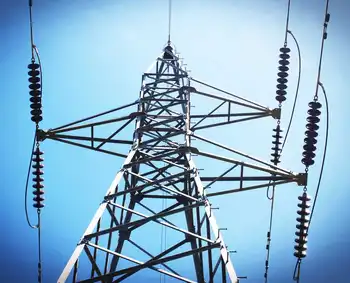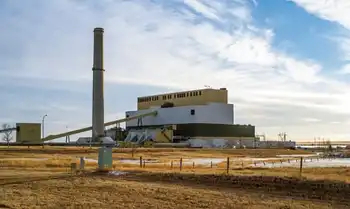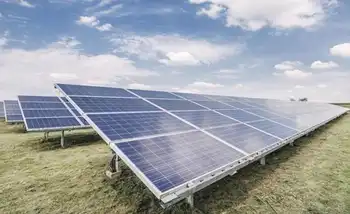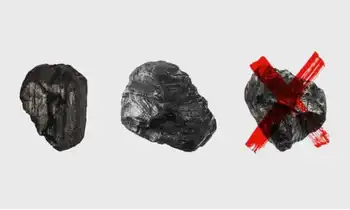Irish wind energy market to get $20 billion windfall
By Industrial Info Resources
Substation Relay Protection Training
Our customized live online or in‑person group training can be delivered to your staff at your location.

- Live Online
- 12 hours Instructor-led
- Group Training Available
The report from the Irish Wind Energy Association (IWEA) is the first major investigation into the potential of the Irish wind-energy sector and highlights how wind will form the key renewable energy source for the country. The report found that the wind sector will support more than 10,760 jobs through direct and indirect involvement and that about 5.1 billion euros of the 14.75 billion euro investment would be retained in the local Irish economy.
The European Union has set goals for member states to achieve 20% of their power from renewable sources by 2020, but Ireland has set a much more ambitious target of 40% in the same timeframe. In early 2009, there were 1,320 megawatts (MW) of installed wind energy capacity across the country, but in order to reach the 2020 target, another 6,480 MW will need to be installed. Most of this will come from large-scale turbine installations, many of which are already under way, but some of this capacity will come from the new, growing market for small-scale turbines.
Speaking at the launch of the report, Ireland's Energy Minister, Eamon Ryan, said, "This report is evidence of the huge work that is being carried out to progress the development of Ireland's wind energy sector. The IWEA's assessment that wind energy can become a significant employer here in Ireland is absolutely correct.
"Already, 12% of our electricity is derived from renewables, with over 1000 MW of wind connected. With the grid development work being undertaken by EirGrid and the ESB [Electricity Supply Board], the reform of planning regulations and the assistance of CER [Commission for Energy Regulation] and local authorities nationwide, we are on course to meet and exceed our targets for this sector."
However, while the future may look bright in terms of investment and power-generation goals, the IWEA warned that there are significant hurdles that have to be cleared along the way, particularly in relation to faster national grid upgrades, planning delays and the lack of expertise.
"A number of challenges such as grid access, shortage of experienced personnel and lack of awareness about employment opportunities in the sector have been identified and act as a barrier to the sector evolving and reaching the targets set by Government," the report said. "In order to tackle these issues, work must continue in relation to the rollout of grid upgrades and information on careers in the sector needs to be distributed at secondary and third-level [education]."
With regard to the grid problems, the report identified that grid capacity is limited to the keys areas where there are good wind resources and that getting significant transmission capacity built out to these rural areas can currently take seven to 10 years to complete.
"The provision of connection to the grid is currently the largest obstacle and time delay faced by developers in constructing their wind farms," the report stated. "It will be essential to improve community awareness and acceptance of the benefits of transmission to ensure that the grid can be delivered in a timely fashion."











